Five misconceptions about coffee grinder! You must still believe it!
Professional coffee knowledge exchange more coffee bean information please follow the coffee workshop (Wechat official account cafe_style)
Everyone likes to brew coffee in different ways, such as Italian coffee maker, hand brew, mocha pot, French presser, Philharmonic pressure, etc., different brewing methods need to be paired with different thickness of coffee bean powder in order to set off the most perfect coffee flavor. It can be said that people who really like to make coffee must have a bean grinder at home, whether it's a hand grinder or an electric grinder.
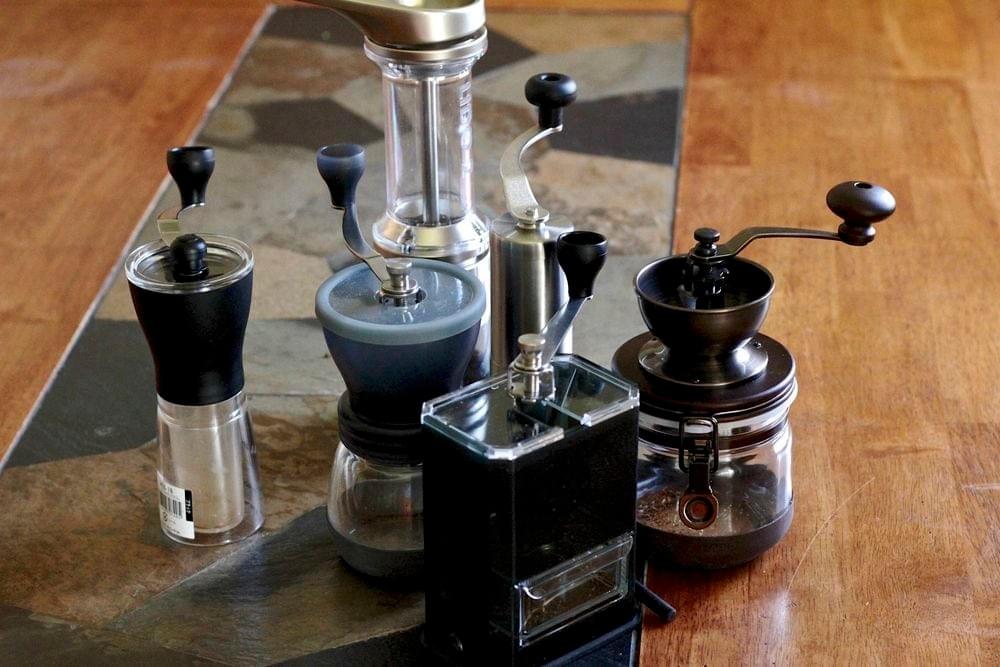
Having said that, in fact, many coffee makers do not know much about the bean grinder, among which there are several classic misunderstandings. Today, the editor will sum up and share with you:
Misunderstanding 1. Sharpening the knife can cut the coffee beans very fine.
Many people think that the knife of the bean grinder is as sharp as the kitchen knife, and that the bean grinder grinds coffee beans as if we cut up the ingredients with a kitchen knife, and the more times we cut it, the finer it becomes. If it really works this way, it will be troublesome. How many sharp blades will it take to cut the coffee beans into small pieces? How to control the thickness of the cut? )
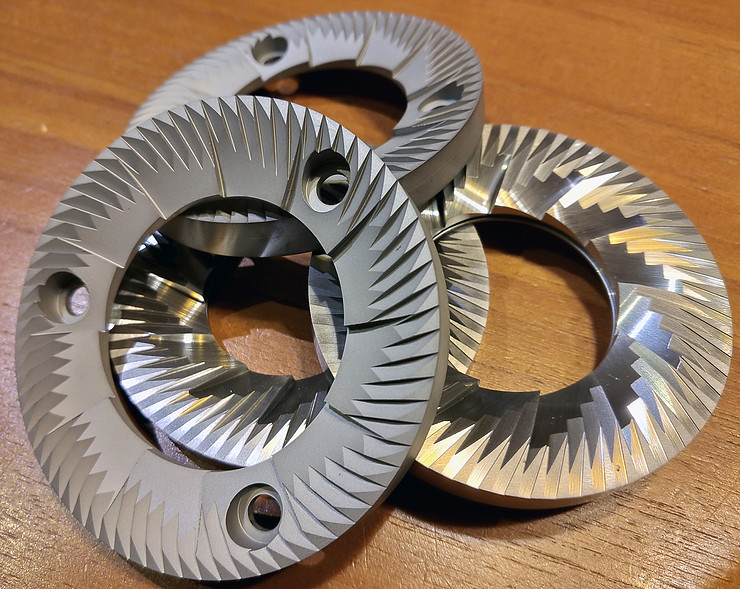
In fact, the bean grinder changes the coffee beans from whole to powdered by "grinding". The grinding knife of the bean grinder does not win with sharpness, but crushes the coffee beans through the high and low grooves in the cutter head, from big to small, from wide to narrow, so the grinding knife of the bean grinder is not sharp at all, even if it touches the knife head with bare hands, it will not be cut. Of course, it is under the condition that the knife grinder is not in operation, when the bean grinder is running, please keep your hand away from the knife head.
Misunderstanding 2. The coffee powder from this bean grinder looks very uniform and there is no fine powder.
First of all, let me tell you the answer: no matter how expensive or advanced the bean grinder must have fine powder, and the amount of fine powder will be unexpected.
The particle size of coffee powder is uneven, which is 100% uncertain according to the naked eye. Only through the expensive particle size analysis instrument can we know the uniform degree of the bean grinder.
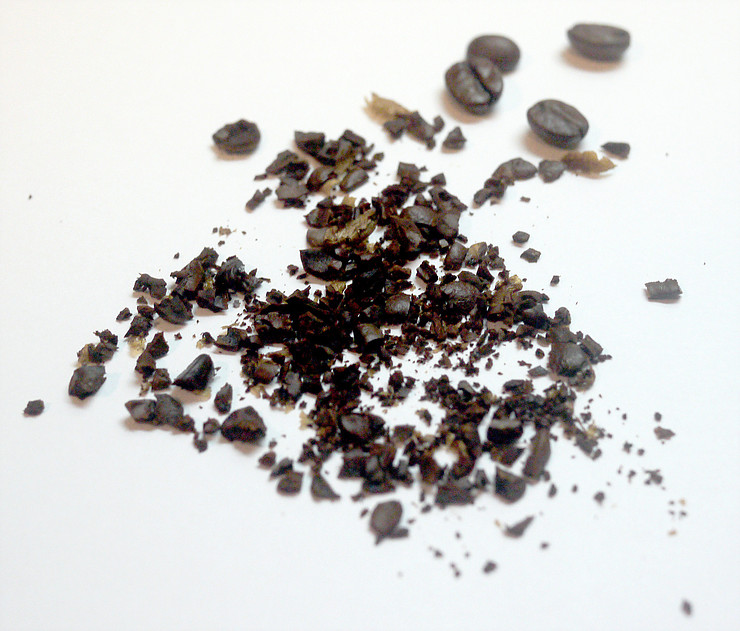
Why is that? According to the answer to the above question, because the coffee beans are crushed by a knife in the bean grinder, the coffee beans can not be controlled when they are broken. You can take a small pan and use the bottom of the pan to crush 2 or 3 coffee beans. Coffee beans are probably crushed like this in the sharpening knife. Coffee beans will be broken into many different sizes. Coffee powder smaller than the size we set will go directly through the slits between the sharpening groups; the large ones will continue to be crushed to less than the fine seams.
In short, do not trust visual observation to judge grinding uniformity. When coffee beans are extruded and broken, the particles are of different sizes.
Misunderstanding 3. The coffee powder ground by the flat knife grinder is flaky and the cone knife is granular.
There is no such thing! This is obviously misled by the shape of the sharpened knife and literally. When you see the "flat" knife, it is said that it is in the shape of a sheet; because the cone knife is more three-dimensional than the flat knife, it feels that it is granular.
As mentioned above, the bean grinder operates in a "crushing" way, so it is three-dimensional and irregular regardless of thickness, especially coffee beans, which are baked, hard and brittle porous material, its crushing condition will be more complex.
Some people may say: my flat knife bean grinder really has flaky coffee powder! In fact, conical knife bean grinder will also appear flaky coffee powder (but the probability is less than flat knife). That is because the thickness of this "piece" of coffee powder is lower than the thickness we set. In some states, he will just pass through the gap between the sharpening knife without being run over by the sharpening knife. From a thickness point of view, this "slice" coffee powder also meets our requirements for thickness.
The reason why the tapered cutter is less flaky is that the powder extraction area of the conical cutter is the circular gap between the inner cutter head and the outer cutter head, while the flat cutter is the parallel gap between the upper cutter head and the lower cutter head. The former has curvature, so the larger, flaky coffee powder is not easy to pass, while the latter is parallel and straight, so the flake coffee powder has a higher occurrence rate. In short, it is a matter of probability, not the difference between the so-called "cutting" and "grinding" grinding methods.
Myth 4, the thickness scale of the bean grinder is the same, and the coffee powder is the same thickness.
Not to mention different brands of different models of bean grinders, even the same brand of bean grinders of the same model will not necessarily be the same. Because the thickness adjustment of the bean grinder depends on the thread on the knife seat, some threads move up and down 2mm, some 1.5mm, so the same adjustment to 3 rising (or falling) height is different. Even for the same type of bean grinder of the same brand, each of the thick and thin stickers are posted by the staff of the factory. Do you think they will help you return to zero accurately and then put the sticker on carefully?
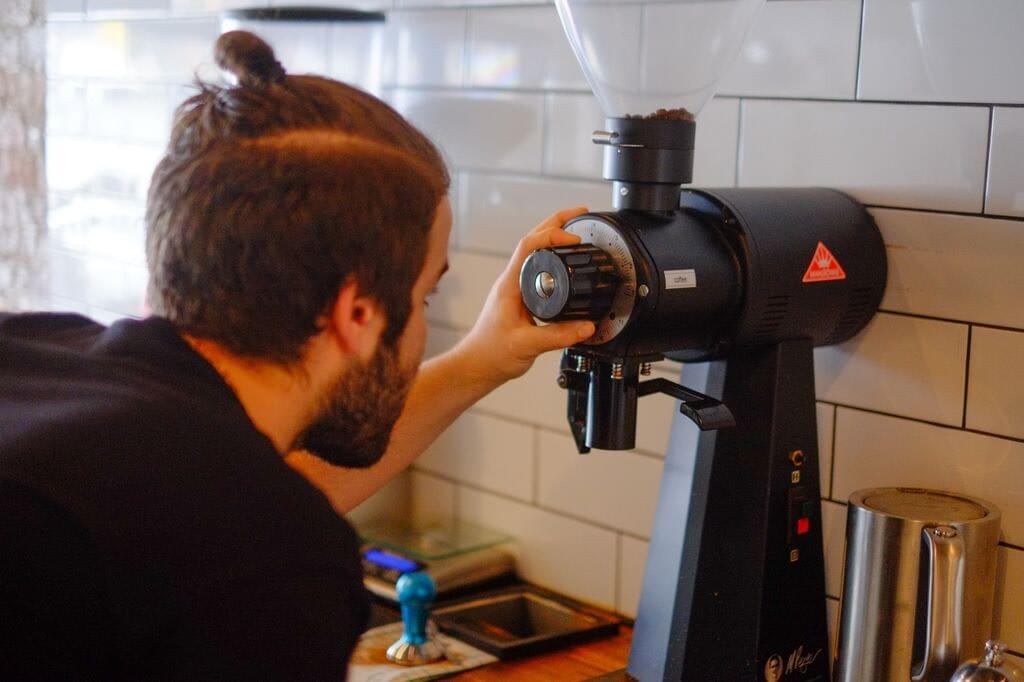
The grinding scale of each bean grinder, the corresponding coffee powder size distribution is unique, which is related to the accuracy of the production process and wear, no matter how the correction can not be exactly the same. So after each bean grinder is bought home, take some time to get along with him and try several different numbers to find the grinding thickness that best suits your taste and soaking technique.
The scale of the bean grinder is its own relative reference value, so the scale of the grinding machine is its own relative reference value, and the grinding thickness can not be judged only by separate numbers.
Myth 5: the bean barn of the bean grinder is used to store coffee beans.
If your store is packed and customers are flooding in, the answer to the above question is absolutely yes! More precisely, if you have more than 30 cups an hour, the bean barn must be your good helper. Unfortunately, most coffee shops rarely encounter such an event once a month, and many coffee lovers brew at home with a low frequency of once or twice a day, so the use of bean barns has become a killer of coffee quality.
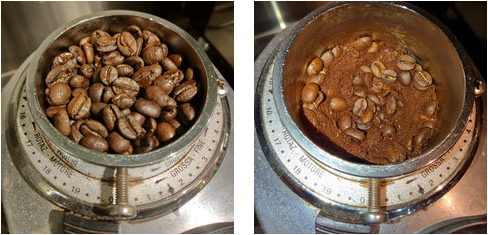
Take a look at the photo of the real situation, the first is a picture of the bean barn just removed, everything seems to be normal, but after a little removal of the top coffee beans, there is the tragedy shown in the second photo-the complete coffee beans are stuffed with coffee shredded and powdered coffee, and it will be even worse if you dig a little deeper! I didn't sneak in the coffee powder inside, it's a real fact. Some people will ask: in that position, the coffee beans have not yet entered the knife sharpening, why are there coffee fragments?
The real situation is that coffee beans are crushed and ground into powder after entering the knife sharpening. These fragments and powder will not run in obediently, but will fly in all directions and drill where there is a gap. It happens every time you grind the beans, and after a few times it becomes like this in the picture!
Everyone knows that the ground coffee oxidizes very quickly, so it doesn't take long for the coffee powder stuck in the channel to get lost. Would you be willing if I dug them up and used them to make coffee for you while asking you to pay for it?
Sincere advice, unless you need to brew many cups in a row, please do not keep the coffee beans in the bean barn, pour how many coffee beans into the bean grinder, and clean up the inside of the bean grinder with a blow ball after grinding. Let every cup of coffee be fresh and delicious!
It is not easy to strike a balance between quality and speed. It is better to take your time. ..
END
Important Notice :
前街咖啡 FrontStreet Coffee has moved to new addredd:
FrontStreet Coffee Address: 315,Donghua East Road,GuangZhou
Tel:020 38364473
- Prev
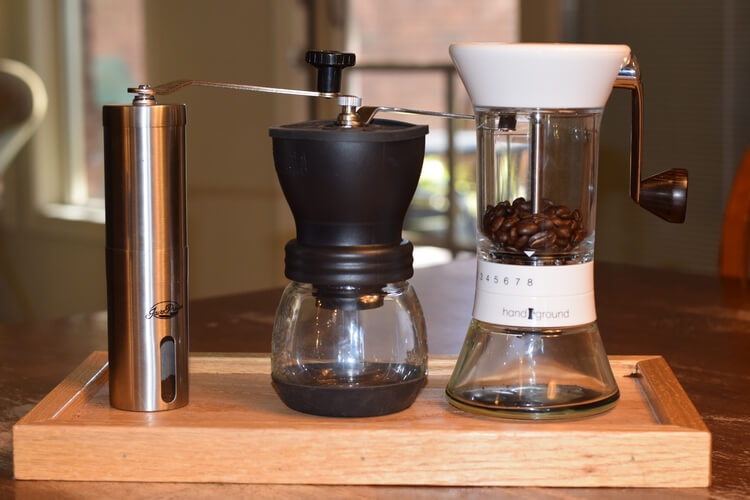
Selection and maintenance of household bean grinder | choose the right bean grinder to grind a good day!
Professional coffee knowledge exchange more coffee bean information Please pay attention to the coffee workshop (Wechat official account cafe_style) the beauty of coffee is that you can participate in the last mile before drinking it. Even if it is tasted in the end, coffee is more fun to grind than tea and more fun to grind and brew than wine. But many people are used to buying ready-made powder or asking the store to grind it into a big bag at a time.
- Next
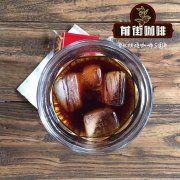
The difference between siphon pot and hand coffee
Professional coffee knowledge exchange more coffee bean information Please follow the coffee workshop (Wechat official account cafe_style) hand-brewed coffee, as the mainstream brewing way of today's fine coffee, is the favorite of many curry fans. Hand-brewed coffee has always been famous for producing coffee with obvious levels of pre-and middle-flavor and aftertaste in just a few steps. By contrast, siphon coffee is slightly low-key.
Related
- What is the Philharmonic pressure? How to use Philharmonic pressure to make delicious coffee
- Why does a hand grinder have more fine powder than an electric grinder?
- In addition to the hot mom, what is the difference between the versions of EK43 | ditting and Mahdi ek43?
- What kind of equipment do you need to make coffee by hand? Introduction to novice starter cooking equipment tools
- Espresso needs to be ground how thick and thin scale entry Italian Coffee Machine Bean Grinder investigation and Grinding course
- How much does it cost to open a small private cafe? How much does it cost to learn coffee? How to operate it?
- The difference between the flavor characteristics of hand-brewed coffee and coffee maker is hand-brewed coffee really better than coffee maker? Can I use a coffee machine to make coffee beans by hand?
- The difference between 01 and 02 of hario v60 filter cup what is the difference between 01 and 02 filter cup opening and cooking flavor
- What's the difference between the smart cup and the French kettle? Which is better, the French kettle or the Smart Cup?
- What's the difference between a smart cup and a V60 filter cup? The difference between the taste of smart cup and hand-brewed coffee

